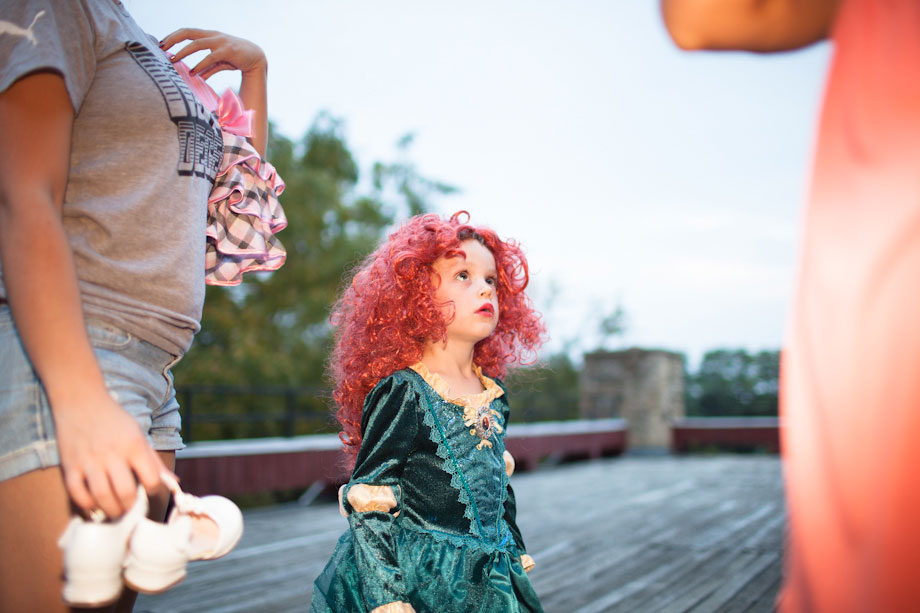There are many myths surrounding bilingualism. Some people are still reticetent when it comes to introducing a new language in there children´s lives. However, what they do not realize are the many advantages of bilingual children.
The advantages are do note relate only to a linguistic aspect. They extend to the cognitive, cultural and social fields. A child who knows a foreign language, preferencially English, which is still considered the universal language, is in advantage when it comes to educational materials offered to him/her, international literature, cognitive development and further down the line, the work field.
Seeking to bring down a few of these myths, we will comence with the concept of bilingualism itself.
What is bilingualism?
Bilingualism is defined by someone´s capacity to comunicate in two languages, where one can be dominant over the other.
Complete fluency in two languages (the ability to understand, speak, read and write) is called EQUILIBRATED BILINGUALISM..
1. Learning 2 languages can confuse a child and diminish his cognitive ability.
Quite the contrary. It has already been proven that bilinguals posess a number of abilities that are superior to those of monolinguals such as: performance of mental operations with percentages, verbal and non verbal constructions that are more elaborate, faster deduction of rules, creativity itself and a larger conceptual capacity.
2. Learning another language should only begin after the acquisition of the mother tongue is completed.
Learning languages simultaneously does not influence childrens development at all. It has been proven through extensive studies that a bilingual or poliglote child presents the same development milestones as a monolingual child. This means that there is no delay what so ever in the development of those children, be it physical, cognitive or emotional.
3. Children that speak two or more languages do not feel comfortable. They feel linguistically and culturally excluded.
The cultural inclusion and feeling of well being does not depend on the number of languages acquired. As a matter of fact, the more the better! What influences this aspect is the childs environment. The place where the child learns (Whether it be e familiar setting or academic setting) should be welcoming and help build self assurance. If it doesn´t, the child´s personality will reflect his feeling in the form of doubts, insecurities, possible traumas no matter the number of languages.
4. A bilingual person thinks only in one language. This menas that there is always mental translation to the language considered dominant.
As it has already been said, the dominance issue is ocasional. The thoughts of bilingual individual flow naturally in both languages, dismissing translation between them, What can happen from time to time is related to vocabulary. Remembering a word in one language and not in the other at that moment, for example.
5. Translation is a natural capacity of bilingual children. This results in them being excelent translators when adults.
To this day, there are no studies to back this correlation.
6. True bilingualism is the one in which the languages are never mixed. When this happens, it indicates a lack of knowledge in the languages known by the individual.
As said before, most of the times a word can be used in a different language then the one spoken at the time for lack of memory of an adequate word in the target language. This limitation can be momentary or related to vocabulary acquisition during language learning. Don´t fool yourself. This can happen when the individual uses his mother tongue too. It is not about limitations, only about a moment in which the individual improvises resources.
7. Bilingualism is consequence of a diagnosis of dissociated personality (split personality). To each personality, a language.
Bilingualism does not derive from or lead to split personality. What happens is the bilingual individuals may show a difference in attitude depending on the language they speak, due to the cultural differences related to those. When a bilingual speaks Portuguese, for example, he takes on the behaviour patterns of people who speak portuguese. When speaking German, they will not only switch languages, but also behaviour. This has nothing to do with the person´s personality but with the social environment in which they are.
8. Monolingualism is the norm of the world.
Actually, the monolinguists are now a minority in the world. In fact, more then half the population is at least bilngual. This is noticed a lot in Europe, where most people are fluent in English. Some countries, such as Switzerland, have three official languages.
9. After a certain age, children lose the capability to acquire a second language.
As far as the advantages children have in learning a new languages, there are now no doubts. Biologically speaking, they learn easier and faster then adults. There is a chart that demonstrates these facts. See it below:

However, this is not a universal and unbreakable rule, for there are adults who acquire a second language completely, even without an accent. At any age, people are still capable of learning. Generally speaking, this capacity decreases with age but does not cease to exist.





